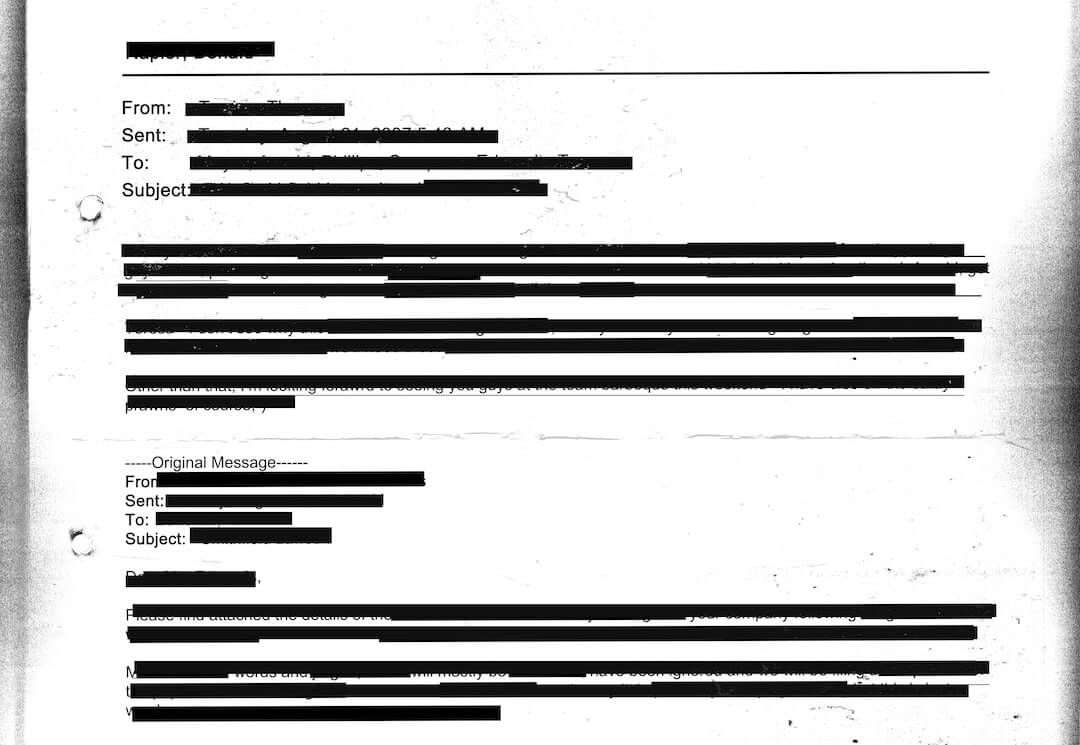You will learn
- How to use the practice of “reading upstream” to find original sources of information.
- What “pink slime” and “mushroom” sites are, why they exist and how to spot them.
We hear a lot these days about fake news and biased media. And as we will see, both of these are more prevalent online than ever before. But there is still real, reliable news out there, and there are reporters working hard to tell true stories about what’s going on in the world. Your task is to know how to sort the good from the bad.
First, let’s dig into pink slime sites. Pink slime is outsourced journalism that is produced at a low cost and usually by automation. It seems to come from a reliable and objective local source, but really it’s created by an outside company that receives funding from a partisan source, or one that has a vested interest in a certain type of coverage. This type of fake news comes in big waves online. Watch and learn how you can avoid it by reading upstream.
Conversation starters
Who is a journalist?
There is no rigid guide or definition of what a journalist is. Part of American democracy is the freedom of speech that allows anyone to publicly share ideas, and journalism is not run or regulated by the government. Generally, journalists research, write, edit and report true accounts of the events that are going on in the world. But whether someone is a reporter for a national newspaper or a neighbor producing video updates about local events and issues, a journalist should be honest, accurate and transparent. Reliable journalists adhere to a set of ethical standards that guide how they do their work, and reputable publications share those standards and guidelines publicly for anyone to inspect. They are also open and honest if they make a mistake, and they share a carefully constructed plan for correcting those errors.
As part of transparent reporting, journalists always provide the sources of their information so that their audience can verify or research those sources.
This and other guidelines are usually found in some form of ethics policy adopted by professional publications.
What’s not journalism? Pink slime!
You might see a web site that looks a lot like a local news source, but when you scratch the surface something doesn’t seem right. Lately a lot of sites with phony authors, bad information and no sources have been popping up. It’s happened so fast, the sites have earned a couple of names: mushroom sites because they spread quickly, and pink slime because they’re full of junk.
Activity
Visit several large and small news sites, and try to find their ethics and corrections policies. Compare them and look for similarities. If a site does not have an ethics or corrections policy, try doing some lateral reading to investigate the site and evaluate its credibility.
Reading upstream leads to the original source
Another valuable tool is reading upstream, which allows you to trace information back to its original source. Any reliable post online will be clear about where it got its information. This allows you to verify the information for yourself. Whether it’s an unreliable pink slime site or a well-respected news reporter, you can check their sources. And if a post is not clear about how and where it got its information, that’s a major red flag.
Reading upstream is a straightforward tool. If you’re online and a post contains links to its sources, click those links and follow them back to the original source to make sure the post is using the source accurately and in the right context. If a post mentions the names of sources but doesn’t provide links, you can search those names to track back to the original source.
Vocabulary check
Takeaway
As the internet has opened doors for just about anyone to publish their thoughts, it’s more important than ever that journalists adhere to standards that include honesty, fairness and transparency. Reading upstream is a strategy that allows you to follow a source back to its origin. If a post does not provide enough sources for you to verify it yourself, that’s a major red flag.
References and Resources
- Get the lesson plan
- Poynter.org: An illustrated guide to ‘pink slime’ journalism
- Society of Professional Journalists Code of Ethics








